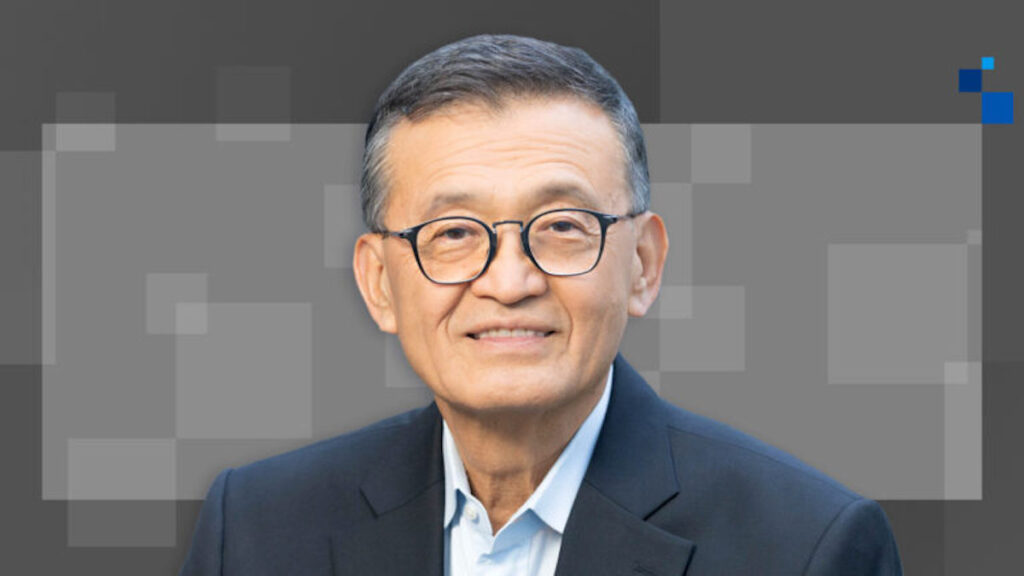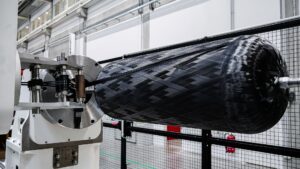
In a dramatic turn of events, U.S. President Donald Trump has called for the resignation of Intel Chief Executive Lip-Bu Tan. The demand comes after a chip design software firm Tan managed admitted to violating U.S. export controls. Trump took to Truth Social on August 7 to announce his stance, stating, “The Chief Executive of Intel is highly conflicted and must resign, immediately. There is no other solution to this problem.”
The controversy erupted following a letter from U.S. Senator Tom Cotton to Intel Chairman Frank Yeary on August 5. Cotton expressed grave concerns over the security and integrity of Intel’s operations, emphasizing their potential impact on U.S. national security. The letter highlighted that Cadence, an electronic design automation (EDA) software maker, had pleaded guilty on July 28 to illegally selling its products to a Chinese military university and transferring technology without obtaining necessary licenses.
Background on the Cadence Case
Cadence’s legal troubles stem from its dealings with the National University of Defense Technology (NUDT), a Chinese institution under the leadership of the People’s Republic of China’s Central Military Commission. The U.S. Commerce Department added NUDT to its Entity List in February 2015, citing concerns over the use of U.S.-origin components for military purposes. Court documents revealed that Cadence provided EDA tools to NUDT from February 2015 to April 2021, a period during which Tan was at the helm of Cadence.
In response to the allegations, Tan sent a note to Intel employees on August 7, addressing what he described as misinformation about his past roles. He asserted, “Over 40+ years in the industry, I’ve built relationships around the world and across our diverse ecosystem – and I have always operated within the highest legal and ethical standards.”
Lip-Bu Tan’s Storied Career
Born into a Malaysian Chinese family in 1959, Lip-Bu Tan’s journey is a tale of international success. Educated at prestigious institutions such as Nanyang University and the Massachusetts Institute of Technology (MIT), Tan founded Walden International in 1987, focusing on early-stage technology investments. His firm began investing in Chinese startups in 1994, leading to significant involvement in companies like Sina.com and Semiconductor Manufacturing International Corp (SMIC).
Tan’s deep ties with the Chinese tech industry have raised eyebrows, especially given his leadership roles at Cadence and now Intel. His investments and connections have been scrutinized, with a 2024 report by the Select Committee on the CCP highlighting how U.S. venture capital funds, including Walden, have supported Chinese military advancements.
Implications for Intel and U.S. Tech Leadership
The call for Tan’s resignation comes at a critical time for Intel, which has been awarded approximately $8 billion under the CHIPS and Science Act. This funding underscores the company’s responsibility to adhere to U.S. security regulations. Senator Cotton’s letter questioned Intel’s board on its awareness of Cadence’s legal issues before hiring Tan and whether Tan had disclosed his ties to Chinese companies.
Meanwhile, Tan’s leadership at Intel is seen as part of a broader trend of Asian executives leading major U.S. tech firms. Alongside Tan, Jensen Huang of Nvidia, Lisa Su of AMD, and Hock Tan of Broadcom represent a significant presence of “Chinese faces” in the American semiconductor industry.
Looking Ahead: The Future of U.S.-China Tech Relations
The situation with Tan and Intel highlights ongoing tensions in U.S.-China tech relations. As the U.S. government continues to scrutinize foreign ties within its tech giants, the industry faces increased pressure to balance global business interests with national security concerns.
As Intel engages with the Trump Administration to address these issues, the outcome could set precedents for how U.S. companies navigate international partnerships and regulatory compliance. The unfolding events will be closely watched by industry leaders and policymakers alike, as they could significantly influence the future landscape of global technology leadership.







